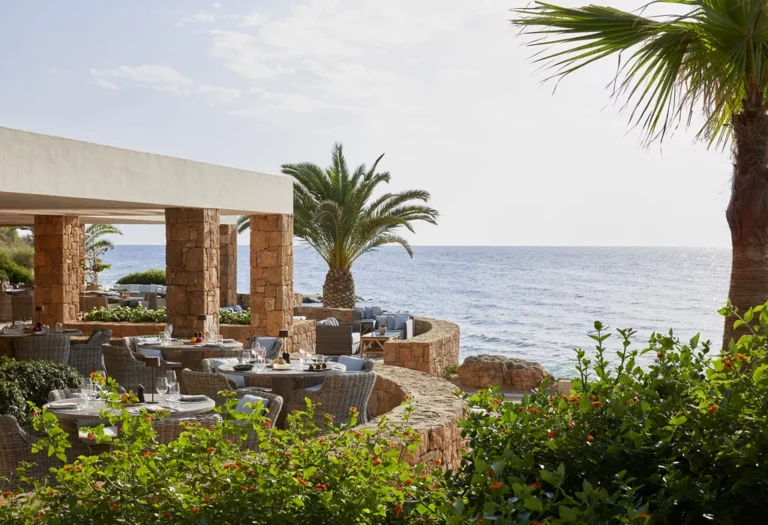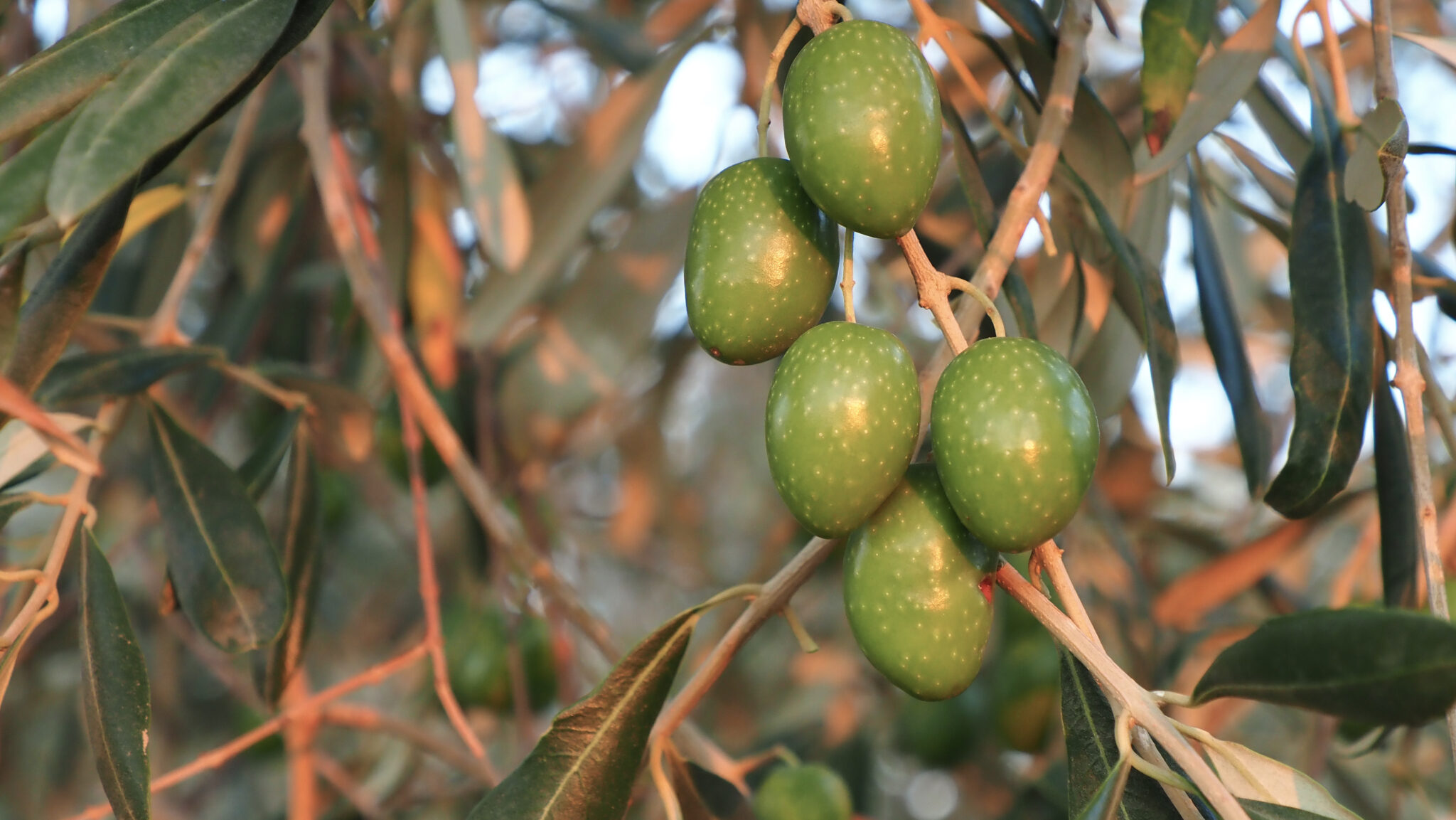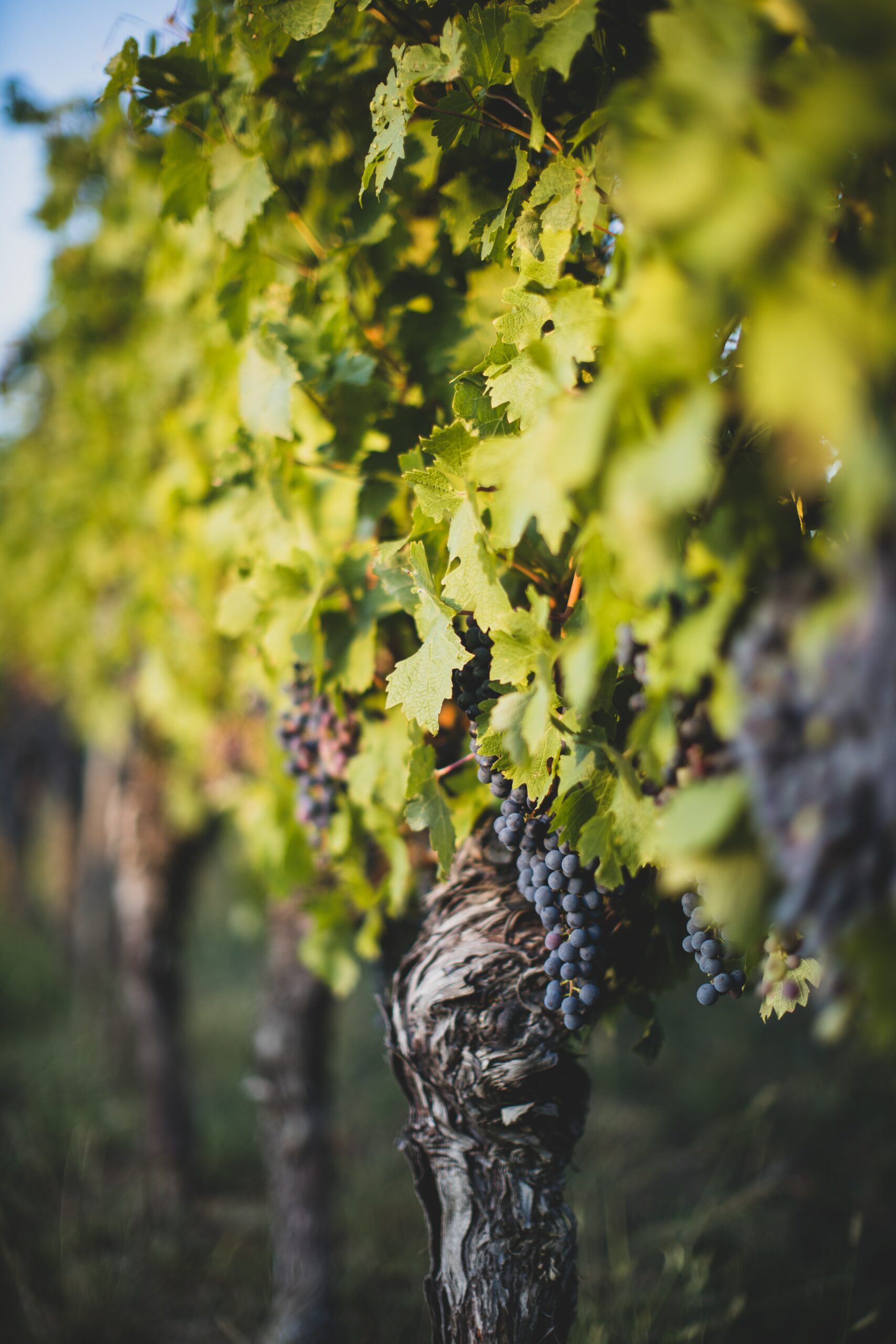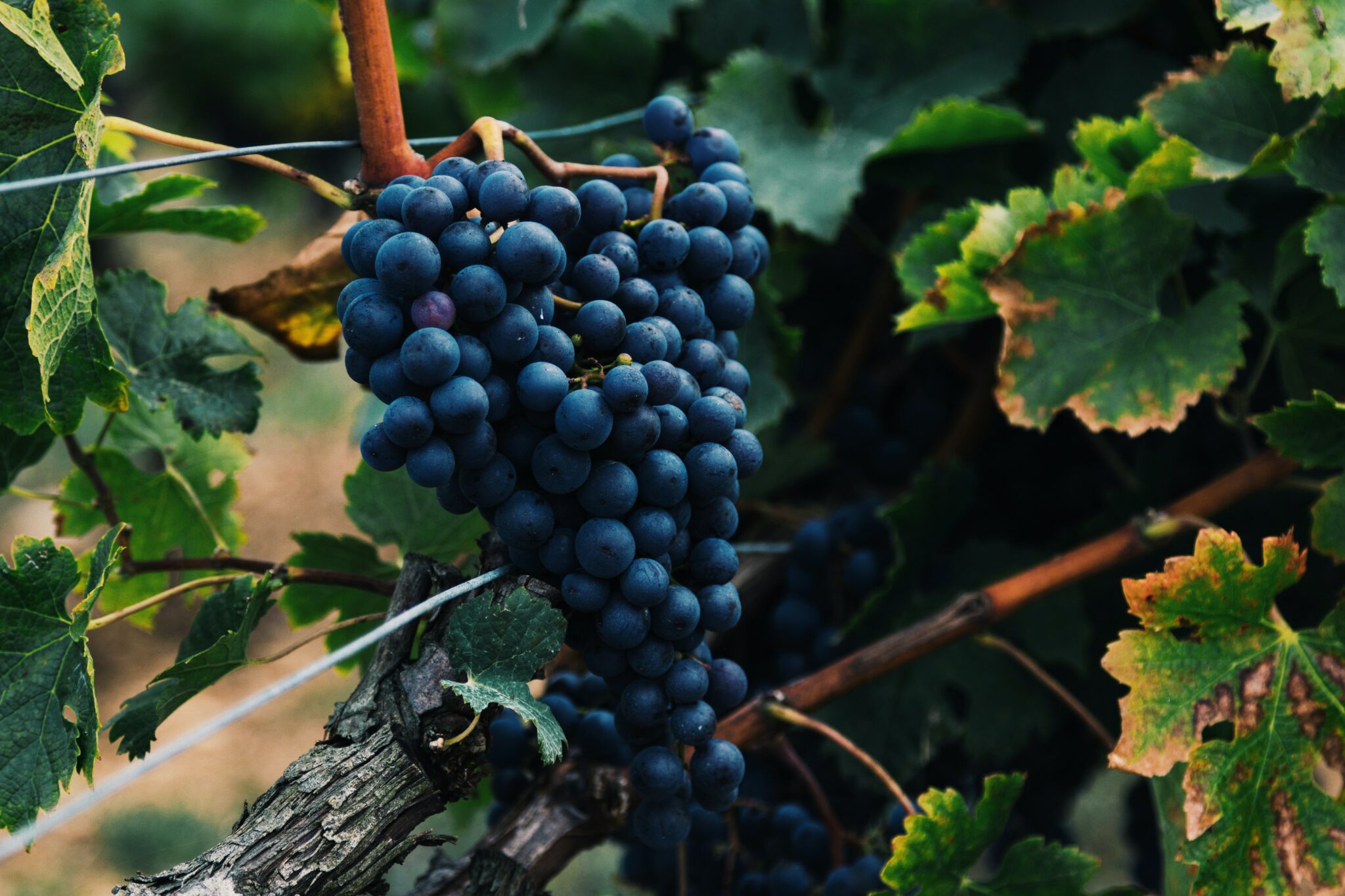Halkidiki boasts a diverse and abundant array of agricultural resources, including thriving crop cultivation, livestock farming, dairy and cheese production, winemaking, beekeeping, and plentiful fish and seafood from its surrounding waters. The region’s culinary identity has been shaped by its rich variety of ingredients and the diverse civilisations that have converged there over time. Key influences on Halkidiki’s gastronomy include ancient traditions, Mediterranean flavours, Ottoman rule and influences from the people of Asia Minor, and the monastic culinary customs (Agiorgitiki cuisine) of Mount Athos.
Dating back to the 5th century BC, Halkidiki’s ancient heritage includes vineyards, olive oil, dried fruits, leafy greens, grains used for bread and porridge, honey, and herbs. The diet of the ancient inhabitants was predominantly vegetarian, with meat reserved for special occasions and rituals, while fish featured more regularly. Cheese was a staple food, often used to season dishes.
Cooking in Halkidiki is rooted in the use of fresh, simple ingredients rather than complex techniques. Ancient recipes often blend sweet and sour flavours, using vinegar or acidic fruit juices from unripe grapes and pomegranates to create a tangy contrast. The Agioritiki cuisine is both simple and abundant, featuring ingredients found within the Athonic State, such as olive oil, legumes, greens, fish, seafood, herbs, and spices.
A key aspect of contemporary Halkidiki gastronomy is the pies, filled with traditionally produced cheeses or mountain greens. In their sweet versions, they’re drizzled with pure honey made by the region’s bees. Halkidiki’s exceptional olive oil, large green olives, and black dried olives enhance the flavours of local salads. Creative chefs turn meat, game, potatoes, mushrooms, and stuffed chicken into extraordinary dishes, while the famed Olympiada mussels serve as a delectable accompaniment to ouzo and tsipouro.
Seasonal fruit desserts, as well as handmade marmalades and jams, are crafted by local women’s associations, which preserve generational culinary traditions.
Meanwhile, annual innovative events showcase local products and foster connections with other gastronomic communities in Greece and beyond. Notable events include KOUZINA (mountathosarea.org), which launched in 2011 and has become a premier gastronomic celebration in Eastern Halkidiki, and Sani Gourmet (sani-resort.com), a tasting festival launched in 2008 featuring award-winning Greek chefs, emerging talents, and Michelin-starred international chefs. Additionally, the “Aristotle menu”, a unique project by gastronomy professor George Palisidis, draws on ingredients, recipes, and findings from the era of the renowned philosopher Aristotle, thousands of years ago.
Wine
Vineyards are cultivated in central Halkidiki (Agios Pavlos – Nea Kallikratia), Sithonia, and Mount Athos. In Agios Pavlos, vineyards stretch across gentle hills near the sea, the cooling influence of which balances the intense summer heat. Grape varieties grown here include Roditis, Sauvignon Blanc, Xinomavro, and Cabernet Sauvignon, which yield Halkidiki’s Vins de Pays: a bright, fruity white wine and a deep, rich red.
On the sunlit slopes of Mt. Meliton, the warm, dry climate and Aegean Sea’s humidity create ideal conditions for winemaking. The red wine originates from Limnio, one of the oldest grape varieties globally, along with French varieties Cabernet Sauvignon and Cabernet Franc. White wine is produced from Assyrtiko, Roditis, Malagousia, and Athiri grapes.
Mount Athos’ monasteries have a long history of winemaking, with several continuing this tradition. The region’s temperate climate, ample sunlight, mountain coolness and sea breezes contribute to the production of Mount Athos’ Regional Wines. Central Halkidiki’s vineyards range from coastal low hills to mountainous areas. White Regional Wines of Halkidiki are crafted from Roditis and Sauvignon Blanc grapes, while red Regional Wine of Halkidiki is derived from Xinomavro, Grenache Rouge, and Cabernet Sauvignon varieties.
Read also:
The Many Faces of Halkidiki – A Destination for Every Season
Eastern Halkidiki, Greece: an alternative destination for amazing routes in nature and history
Mount Athos, Greece: A tour of the most important and most impressive monasteries














